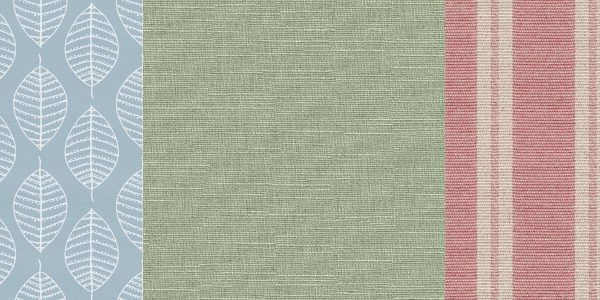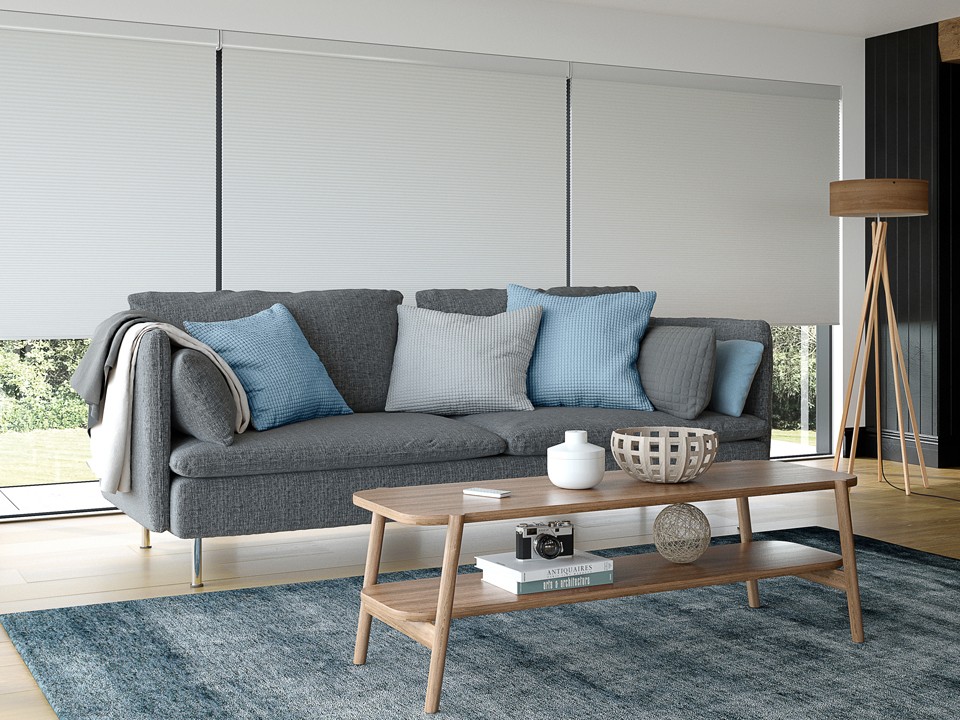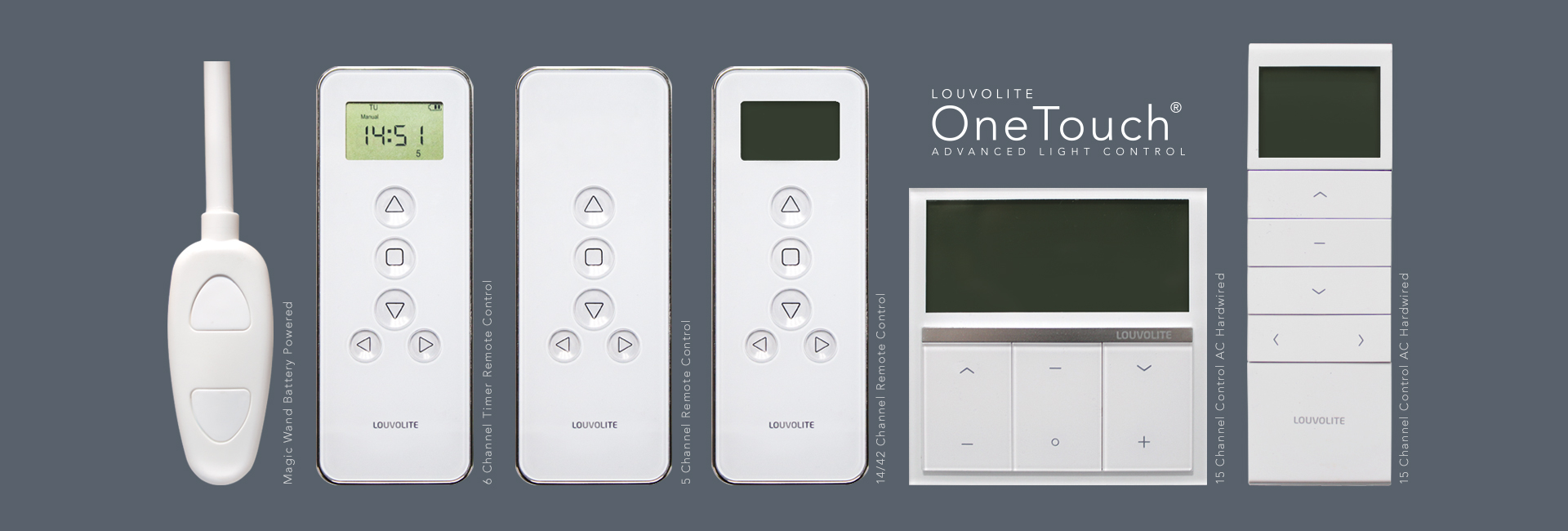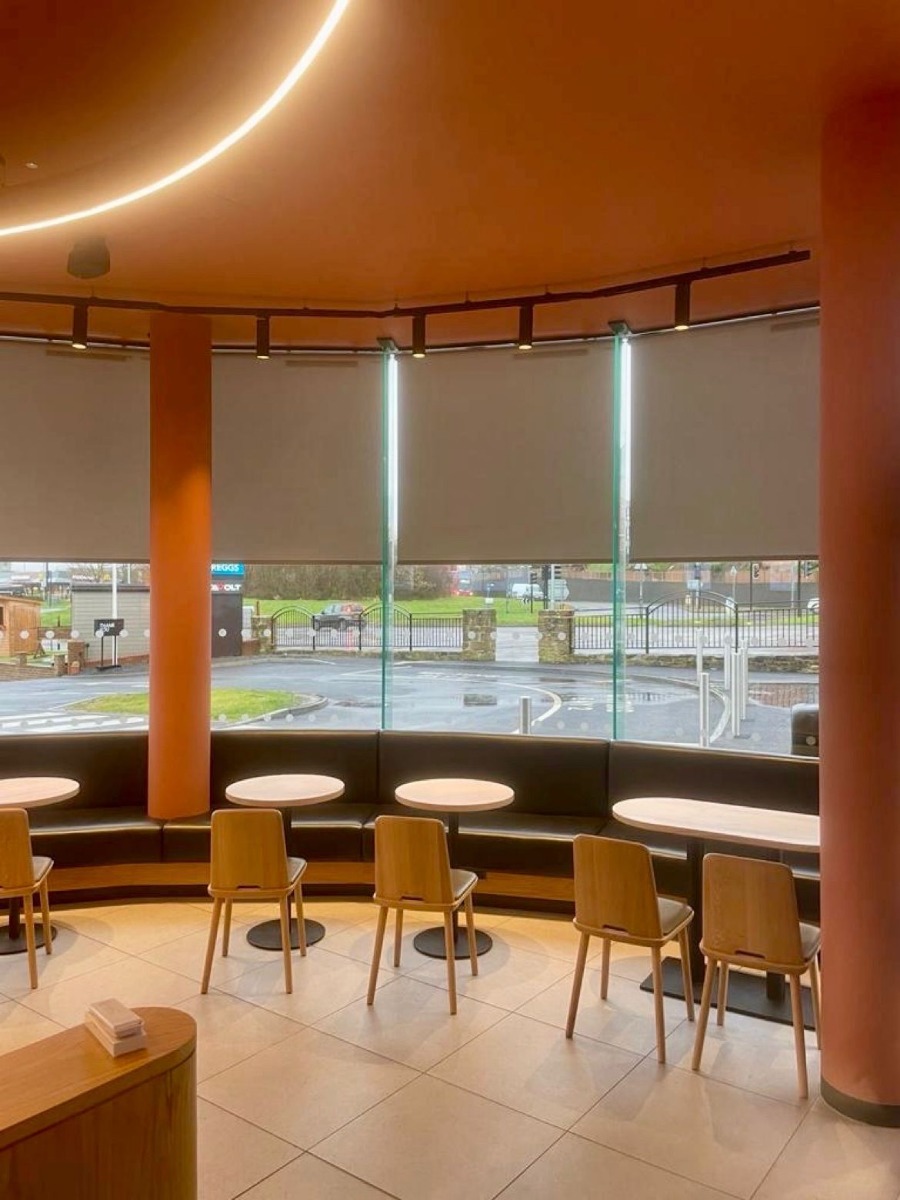Every year on March 21st, the world acknowledges the vital role of solar shading during Global Shading Day, an initiative by the European Solar Shading Organisation (ES-SO). With the ever-increasing threat of global warming, this day has become a beacon of awareness, advocating for innovative and sustainable solutions in building design and climate resilience.
The Rising Heat and the Cooling Demand
As we move towards 2050, the Intergovernmental Panel on Climate Change (IPCC) has forecasted a significant shift in Europe’s climate, predicting a 30% increase in the number of days that will require air conditioning. This upsurge signifies a substantial leap in energy demand and associated greenhouse gas emissions from space cooling in buildings, underscoring a pressing need to address our cooling strategies.
Automated Solar Shading: A Cool Solution
A study by Guidehouse, a premier consulting firm, has shed light on automated solar shading as a game-changing solution. This technology minimises energy use dramatically, thus curtailing the greenhouse gases emitted for cooling purposes. Automated solar shading works by optimising natural light and heat entry into buildings, reducing the need for air conditioning and promoting passive cooling – a method that consumes zero energy.
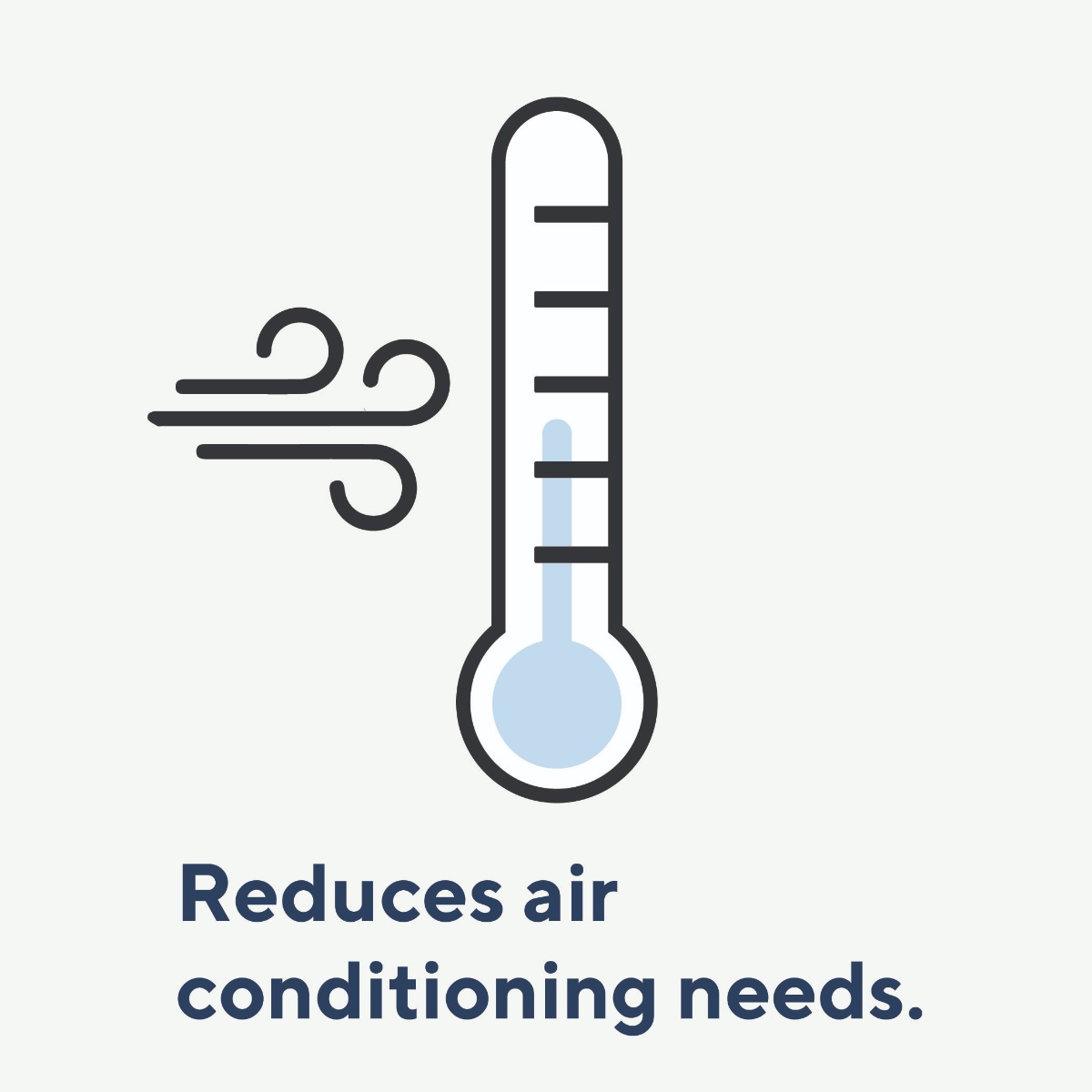
Global Shading Day: A Day of Action and Advocacy
Global Shading Day isn’t just about awareness; it’s a call to action. ES-SO takes this opportunity to educate and advocate for the integration of solar shading into European building legislation. By showcasing the energy savings and environmental benefits of solar shading, ES-SO aims to influence policymakers and the public alike to adopt these measures for a sustainable future.
Benefits Beyond Cooling
The impact of solar shading extends beyond just temperature control. Studies show that this technology can enhance people’s well-being by reducing glare and regulating indoor temperatures, thus creating a more comfortable and healthier living space. Furthermore, the energy savings are significant – Guidehouse’s research suggests that dynamic solar shading can save up to 60% of the electricity used for space cooling by 2050, equivalent to the final energy consumption of a country like Spain!
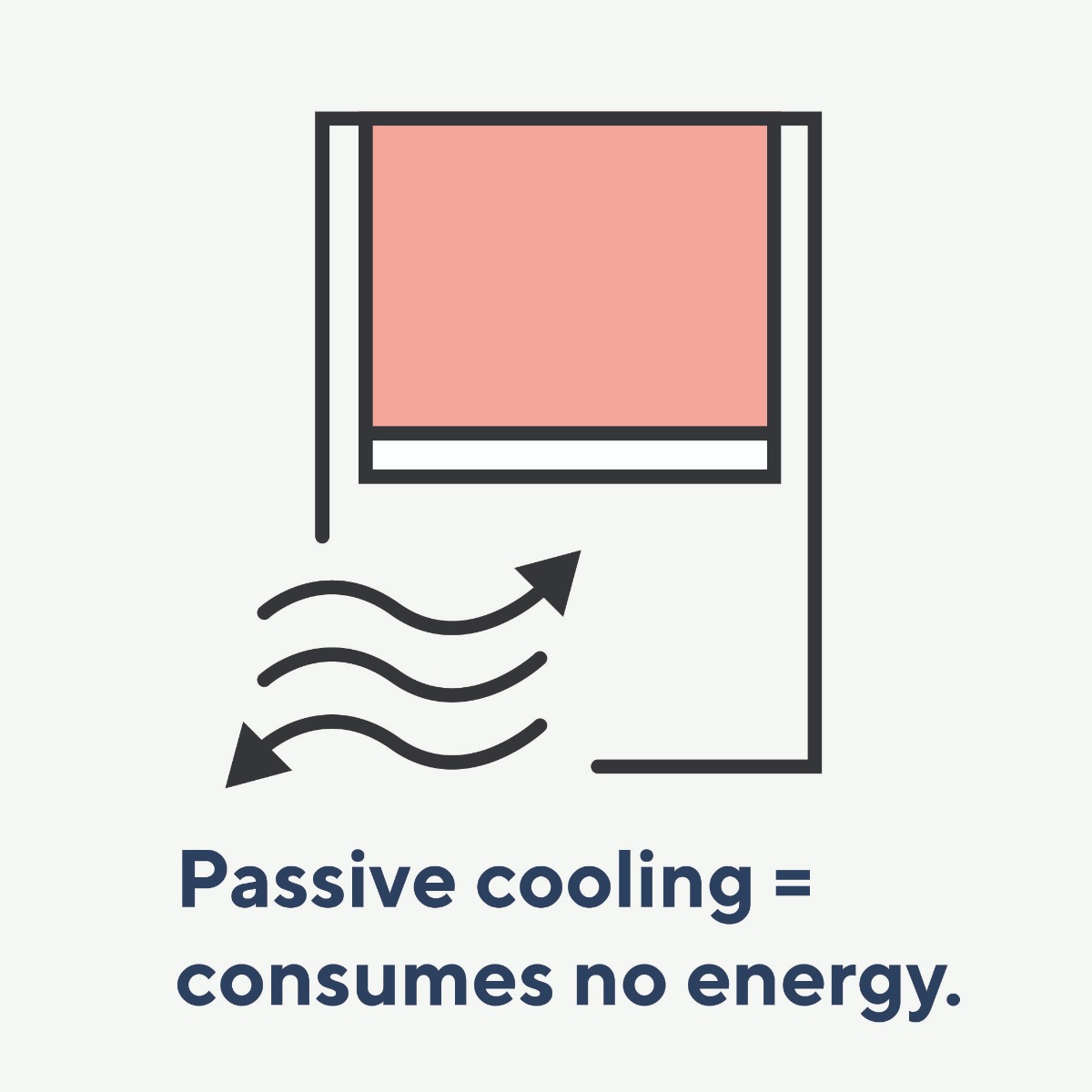
A Cost-Effective Strategy
The economic implications of adopting automated solar shading are striking. The significant reductions in operational expenses quickly offset the initial costs of installation. In perspective, the potential savings until 2050 are estimated to be around €285 billion, a figure comparable to the combined GDPs of nations like Luxembourg and Finland.
Conclusion
Global Shading Day underlines the importance of embracing eco-friendly technologies like solar shading. As Europe warms and the demand for cooling rises, we must adopt efficient and sustainable practices. Automated solar shading presents not just an opportunity to reduce our carbon footprint but also a chance to reimagine our buildings as bastions of efficiency and comfort. Let’s take inspiration from this day to shade our homes and offices smartly, ensuring a cooler, greener, and more sustainable future for all.
Call to Action
On this Global Shading Day, let’s commit to making a change. Whether you are a homeowner, a business, or a policymaker, consider the role of solar shading in your environment. You can join the movement by advocating for solar shading integration in building designs, supporting policies that promote energy efficiency, and by spreading the word about the importance of this technology. Together, we can cast a long, cool shadow over climate change.
Resources and Further Reading
Intergovernmental Panel on Climate Change (IPCC)
Guidehouse Study on Automated Solar Shading
European Solar Shading Organisation (ES-SO)
Let’s celebrate Global Shading Day by not only casting shadows but also casting a light on the path to a more sustainable and energy-efficient world.


